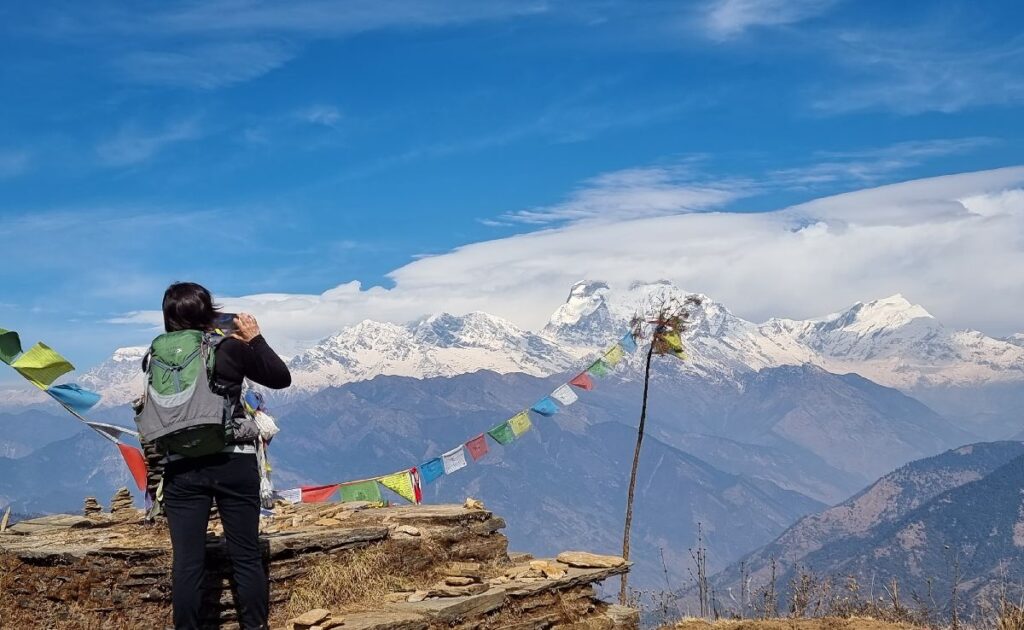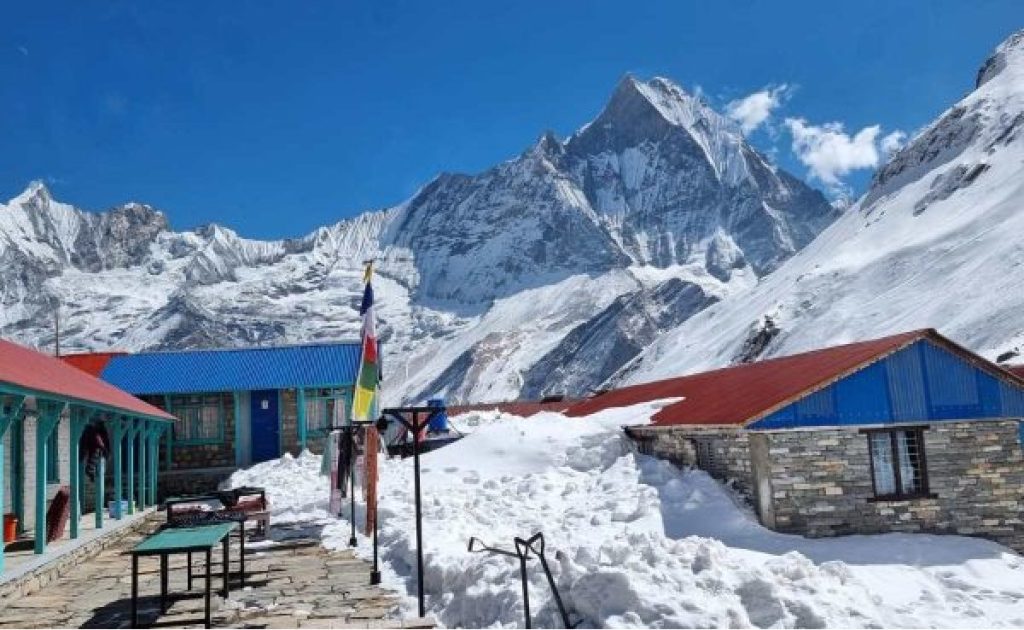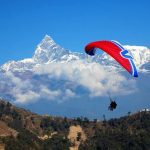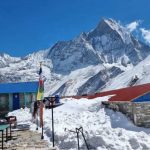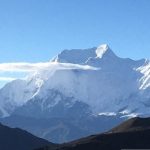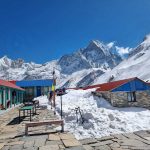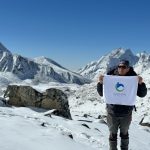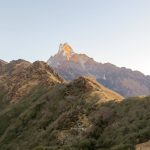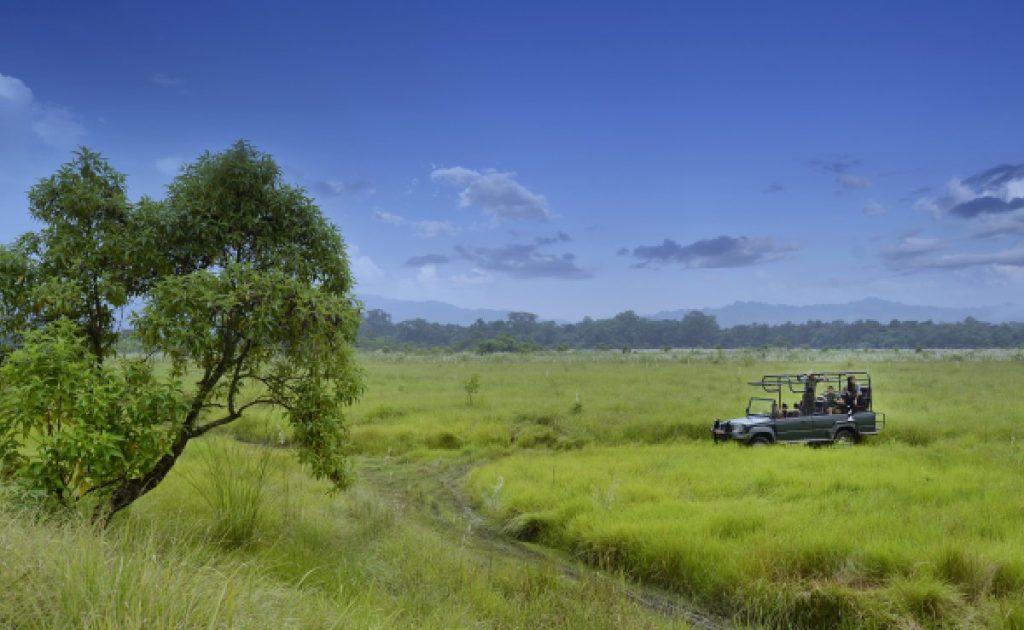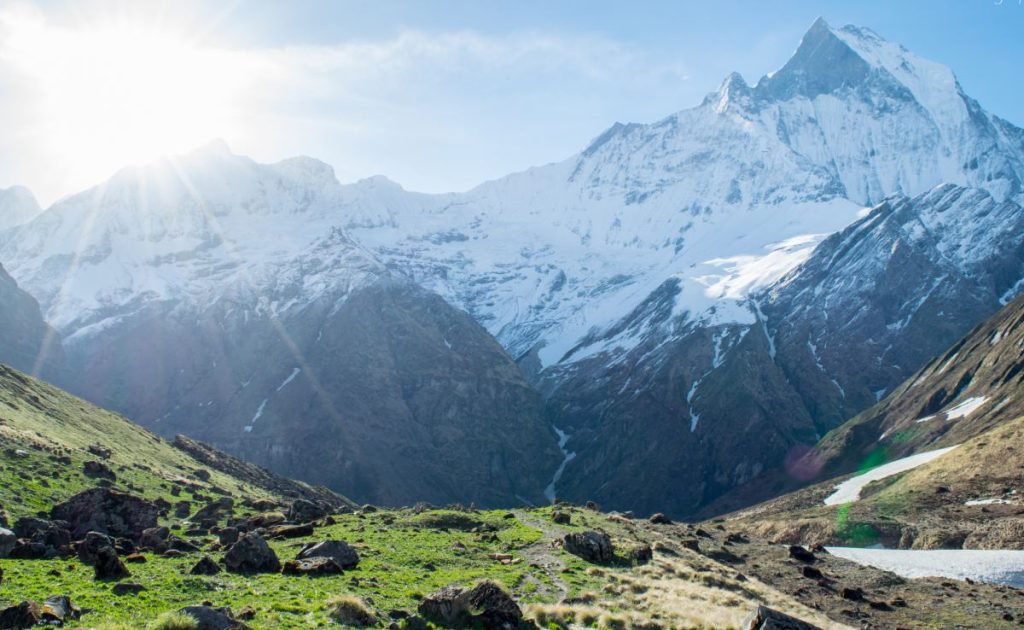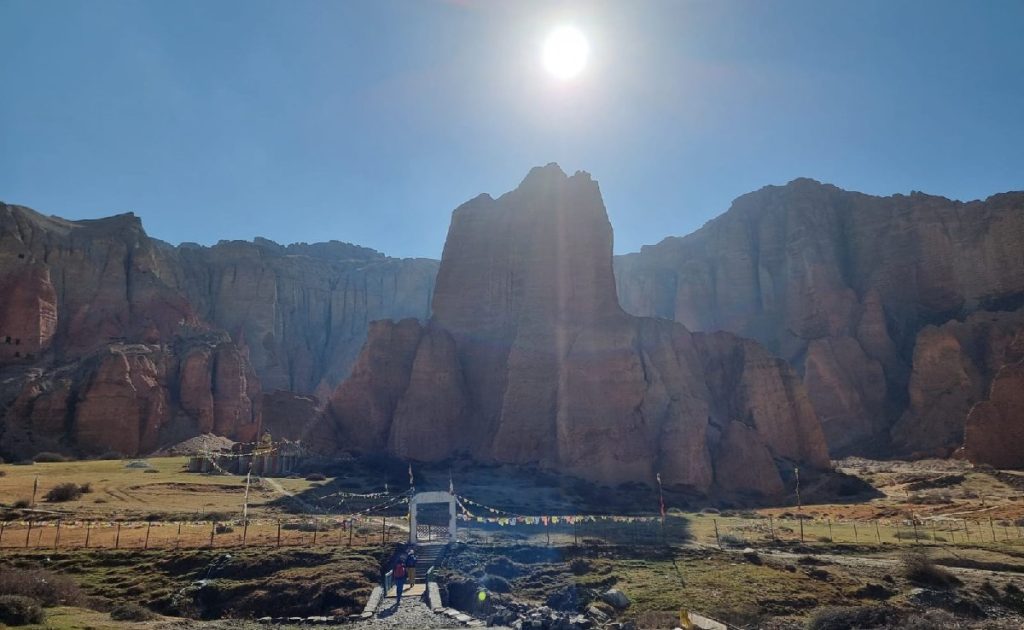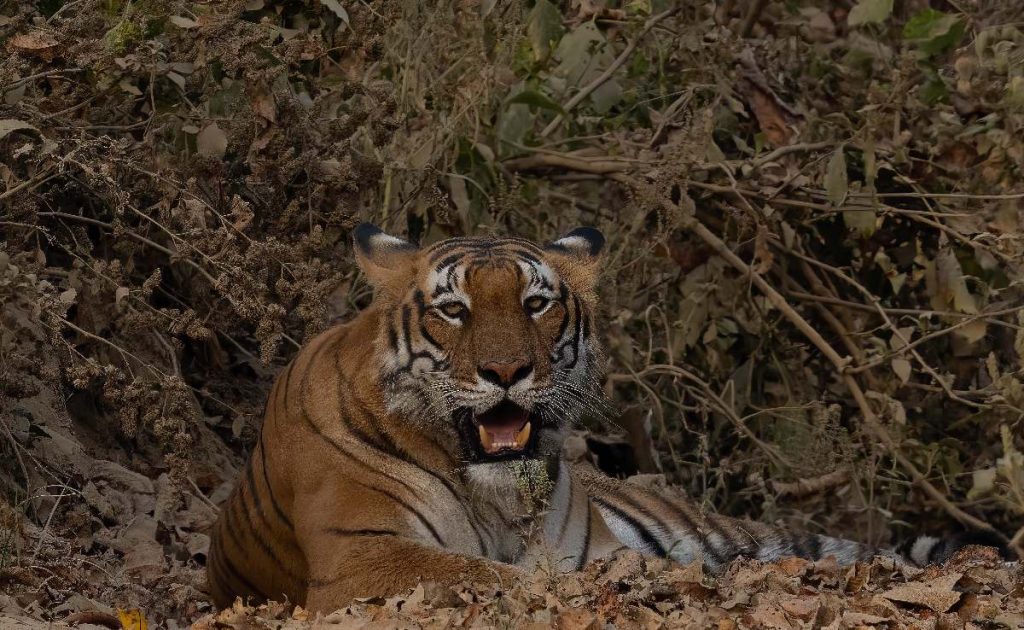Pokhara, a beautiful city nestled in the lap of the Himalayas, is a popular tourist destination in Nepal. It is known for its breathtaking natural beauty, serene lakes, and the magnificent Annapurna mountain range.
There are many luxury accommodations in Pokhara that offer a range of amenities and services to make your stay comfortable and memorable. From luxurious rooms with stunning views to fine dining restaurants, these accommodations have it all.
One of the main attractions of the luxury accommodations in Pokhara is the stunning views they offer. Many of these accommodations are located on the hillside, providing panoramic views of the city and the surrounding mountains.
If you are looking for a luxurious and comfortable stay in Pokhara, then you should definitely consider staying in one of the luxury accommodations.
The Himalayan Circuit presents you some of the best luxury accommodations in Pokhara that are sure to make your stay a memorable one.
Introduction: Sunshine Resort Pokhara is a luxurious hotel located in the beautiful city of Pokhara. For travelers who wish to relax and take in the scenic beauty of the Himalayas, this is an ideal accommodation.
Location: The hotel is located in the tranquil neighborhood of Lake Side, just a few minutes’ walk from the famous Fewa Lake. It is surrounded by lush green forests, offering a peaceful and serene atmosphere.
Rooms: Sunshine Resort Pokhara offers well-appointed rooms with modern amenities, including air conditioning, flat-screen TVs, and private bathrooms with hot water. The rooms are spacious, comfortable, and elegantly decorated, ensuring a comfortable stay for you.
Hotel category: The hotel is categorized as a luxury resort, offering world-class facilities and services to its guests.
Uniqueness: The hotel’s unique feature is its location, which offers stunning views of the Himalayan mountain range. The hotel also has a beautiful garden where you can relax and enjoy the natural beauty of the surrounding area.
Attraction near to these accommodations: The hotel is located near many popular tourist attractions, including Fewa Lake, World Peace Pagoda, Mahendra Cave, and Devi’s Fall. You can easily explore these attractions and enjoy the natural beauty of the area.
Specialty: The hotel’s specialty is its exceptional service and attention to detail. The staff is friendly and accommodating, ensuring that guests have a memorable stay.
Shopping: The hotel is located near many shopping areas, including the local market and the Pokhara Shopping Center. You can explore these areas and buy souvenirs and other items to take back home.
- Sarangkot Mountain Lodge:
Introduction: Sarangkot Mountain Lodge is a cozy accommodation nestled in the foothills of the majestic Himalayas, offering breathtaking views of the Annapurna range and the Pokhara Valley.
Location: The lodge is located in Sarangkot, a village in the Kaski district of Nepal, about 12 km from the city of Pokhara.
Rooms: The lodge has well-appointed rooms that offer modern amenities like en-suite bathrooms, comfortable beds, and free Wi-Fi. The rooms are tastefully decorated and provide stunning views of the Himalayan range.
Hotel category: Sarangkot Mountain Lodge is a mid-range hotel, offering comfortable and affordable accommodations to travelers.
Uniqueness: The lodge is unique in its location, surrounded by lush green forests and towering mountain peaks. It provides a peaceful and serene environment to travelers who want to escape the hustle and bustle of city life.
Attraction near to these accommodations: The lodge is located close to several popular tourist attractions like the World Peace Pagoda, Phewa Lake, and the Bindhyabasini Temple. It also provides easy access to several hiking trails in the Annapurna region.
Specialty: The lodge specializes in providing personalized services to its guests. The friendly staff goes out of their way to ensure that the guests have a comfortable and memorable stay. The lodge also organizes several activities like guided hikes, mountain biking, and paragliding for the adventurous traveler.
Shopping: The lodge is located in a small village, and there are limited shopping options nearby. However, you can purchase souvenirs and handicrafts at the nearby Pokhara city, which is known for its vibrant markets and shopping areas.
Introduction: Bar Peepal Resort is a beautiful resort located in Pokhara, Nepal. Surrounded by lush greenery and overlooking the serene Phewa Lake, this resort offers a perfect getaway from the hustle and bustle of city life.
Location: The resort is located in the heart of Pokhara, just a few minutes away from the famous Fewa Lake. The location is ideal for tourists who wish to explore the city’s natural beauty and cultural heritage.
Rooms: The resort features well-appointed rooms that are designed to provide you a comfortable and relaxing stay. Each room is equipped with modern amenities such as air conditioning, flat-screen TV, minibar, and free Wi-Fi.
Hotel category: Bar Peepal Resort is a luxurious 4-star hotel that offers top-notch services and facilities for you. The resort is known for its exceptional hospitality and personalized services.
Uniqueness: What sets Bar Peepal Resort apart from other hotels in Pokhara is its breathtaking location, surrounded by lush greenery and offering stunning views of the Phewa Lake. The resort also features a beautiful garden where you can relax and unwind.
Attractions near to these accommodations:
There are several attractions near the resort, including the famous Fewa Lake, Devi’s Fall, World Peace Pagoda, and the International Mountain Museum.
Specialty:
The resort’s specialty is its fine dining restaurant, which offers a wide range of Nepali and international cuisines. The restaurant uses only the freshest and highest quality ingredients to ensure a memorable dining experience.
Shopping:
Near the resort are a number of shops and markets where you can indulge in some shopping. The Lakeside Market is a popular shopping destination, offering a variety of souvenirs, handicrafts, and clothing.
- Temple Tree Resort & Spa:
Introduction: Temple Tree Resort & Spa is a luxurious hotel located in the beautiful city of Pokhara, Nepal. The hotel is known for its tranquil surroundings and stunning views of the Annapurna mountain range.
Location: The Temple Tree Resort & Spa is situated in the heart of Pokhara, just a few minutes away from the famous Fewa Lake.
Rooms: The hotel features 47 spacious and elegantly designed rooms that offer all the modern amenities and comfort to the guests. Each room is tastefully decorated with a mix of traditional and contemporary elements, and comes equipped with air conditioning, flat-screen TV, minibar, and private bathroom.
Hotel category: Temple Tree Resort & Spa is a 4-star hotel that offers world-class amenities and services to its guests. It is a popular choice among both leisure and business travelers, as it offers a perfect blend of comfort and convenience.
Uniqueness: One of the unique features of Temple Tree Resort & Spa is its traditional Nepali architecture and decor, which gives the hotel a distinctive charm and character. The hotel also has a beautiful garden with exotic plants and flowers, creating a serene and peaceful atmosphere.
Attraction near to these accommodations: The hotel is located close to several popular tourist attractions, including the Fewa Lake, World Peace Pagoda, International Mountain Museum, Davis Falls, and Gupteshwor Mahadev Cave.
Specialty: The Temple Tree Resort & Spa is known for its exceptional hospitality and personalized services. You can take advantage of a variety of hotel facilities and services, such as the hotel’s spa, swimming pool, fitness center, and on-site restaurant.
Shopping: The hotel is located in a prime location that offers easy access to several shopping areas and markets. The Lakeside Market, Pokhara Handicraft Center, and Old Bazaar are some of the popular shopping areas near the hotel.
Introduction: Rupakot Resort is a beautiful accommodation option located in Pokhara, Nepal. The resort provides a peaceful and serene environment, surrounded by lush greenery and beautiful landscapes.
Location: Rupakot Resort is situated on a hilltop in Rupakot, just a short drive away from Pokhara city center.
Rooms: The resort offers a variety of comfortable and spacious rooms, including standard rooms, deluxe rooms, and suites. All rooms are elegantly decorated and equipped with modern amenities to ensure a comfortable stay.
Hotel category: Rupakot Resort is a luxury hotel, offering world-class facilities and services.
Uniqueness: You can enjoy breathtaking views of the surrounding mountains and valleys from the resort’s unique hilltop location. The resort also offers a range of outdoor activities, including hiking, trekking, and mountain biking, making it an ideal destination for adventure enthusiasts.
Attraction near to these accommodations: The resort is located close to several popular tourist attractions, including the World Peace Pagoda, Phewa Lake, and the Bindhya Basini Temple.
Specialty: Rupakot Resort is known for its exceptional hospitality, personalized service, and attention to detail. There are a variety of facilities and services available at the resort, including a spa, swimming pool, restaurant, and bar.
Shopping: The resort is located in a peaceful and secluded area, away from the hustle and bustle of the city. However, you can explore the local markets and shops in Pokhara city center, which is just a short drive away from the resort.
Pokhara is a beautiful city in Nepal that offers a range of luxury accommodation options for travelers looking for comfort, style, and convenience. From lakeside resorts to hilltop retreats, the city has something to suit every taste and budget.
Whether you’re looking for a romantic getaway or an adventure-filled vacation, the best luxury accommodation in Pokhara is sure to exceed your expectations.
So, pack your bags, embark on an adventure and book your stay with Himalayan Circuit for a getaway that promises to be unforgettable. Get ready to indulge in the best that Pokhara has to offer and create memories that will last a lifetime!
